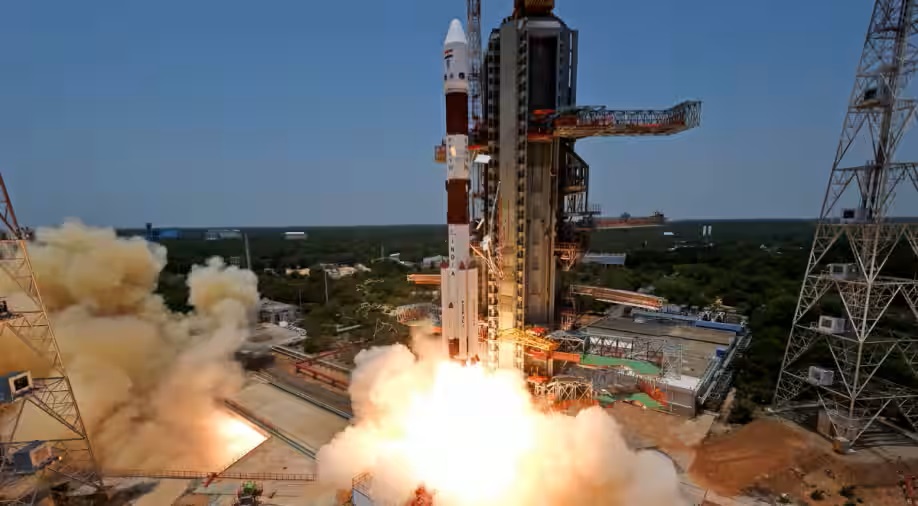Launch of the Aditya L1 satellite: The spacecraft and its payloads will orbit the Sun and continuously observe it without any interruptions, such as eclipses.
The Indian Space Research Organization successfully launched its Aditya-L1 mission to study the Sun at 11:50 a.m. on Saturday from the launchpad at Satish Dhawan Space Centre in Sriharikota, just days after the country made history by landing on the moon for the first time close to the uncharted south pole of the moon.
The vehicle precisely positioned the satellite into its planned orbit one hour after launch. According to an announcement by ISRO, “India’s first solar observatory has started its journey to the destination of Sun-Earth L1 point.”
AdityaL1 is India’s first solar-powered mission, and it was launched by the Indian Space Research Organization (ISRO) from Sriharikota’s Satish Dhawan Space Center.
The 1,480 kg spacecraft was launched by India’s powerful Polar Satellite Launch Vehicle (PSLV) and placed in a very elliptical orbit of 235 km by 19,500 km around the planet. PSLV is equipped with six solid fuel-based boosters.
The spacecraft’s orbit and velocity will be increased until it enters the specified orbit around the Sun.
It will take 125 days to travel the 1.5 million kilometers (km) to the Lagrange Point, or L1.
The spacecraft will subsequently be placed in a halo orbit around the L1 point, where it will remain in place due to balancing gravity forces and use less fuel.
After the Italian-French mathematician Joseph-Louis Lagrange, Lagrange Points were given their name.
The Aditya-L1 mission will conduct seven scientific investigations and gather data for the following five years.
The mission is intended to offer remote solar corona views and collect solar wind data. The main payload of Aditya L1, the Visible Emission Line Coronagraph (VELC), will deliver 1,440 photos per day to the ground station for processing after it has entered its planned orbit.
The satellite and its payloads will orbit the Sun and continuously observe it without any eclipses. This will enable real-time observation of solar activity and its impact on space weather.
In order to boost its share of the global launch market by a factor of five over the course of the next ten years, India has privatized space launches and is attempting to attract foreign investment.
The Sun has so far been studied by Indian scientists using terrestrial telescopes and data from solar missions launched by the United States, Europe, the United Kingdom, and Japan.



